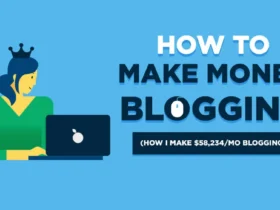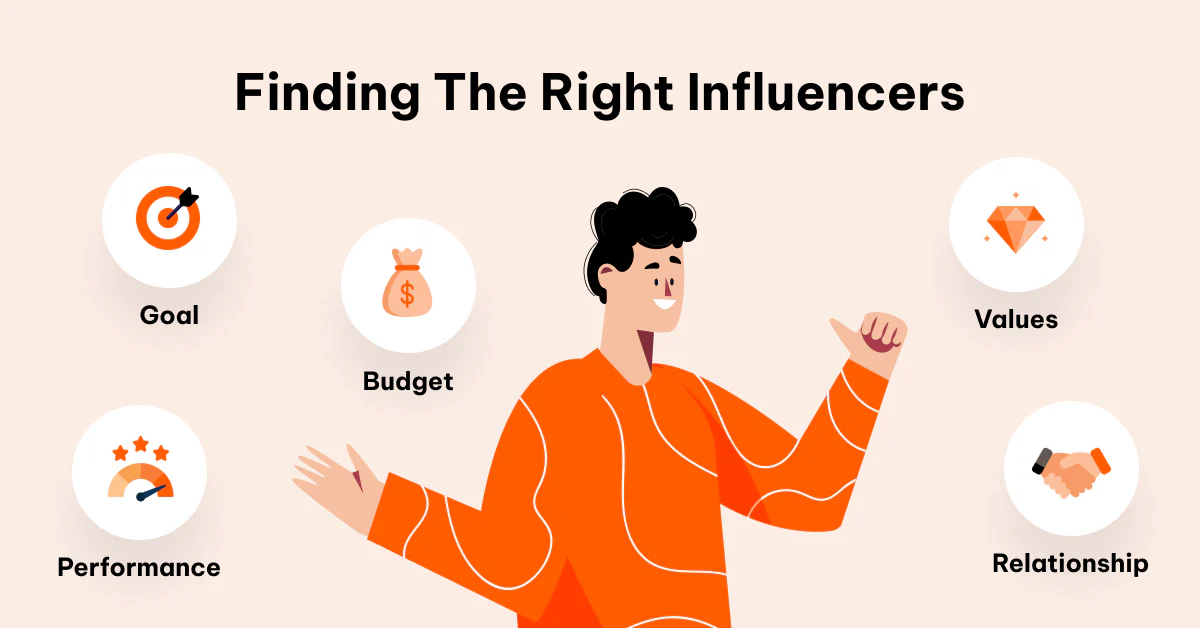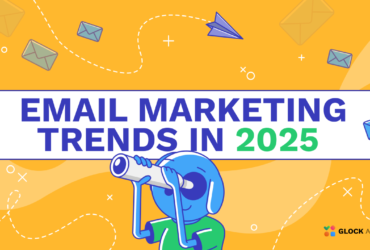In today’s digital landscape, influencer marketing has become a powerful tool for brands to connect with their target audiences. Collaborating with influencers can enhance brand awareness, build trust, and drive conversions. However, the key to a successful influencer marketing campaign lies in choosing the right influencer who aligns with your brand’s values, goals, and audience.
This comprehensive guide will walk you through the steps to select the perfect influencer for your brand, ensuring your partnership delivers measurable results.
Why Influencer Marketing Matters
1. Enhanced Reach
Influencers have built loyal audiences across social media platforms. Collaborating with them allows brands to reach potential customers who trust the influencer’s opinions.
2. Authentic Engagement
Unlike traditional advertising, influencer content often feels more personal and relatable, fostering genuine engagement with the audience.
3. Increased ROI
With the right influencer, brands can achieve impressive returns on investment (ROI), as influencer marketing typically targets specific niches effectively.
Steps to Choose the Right Influencer for Your Brand
1. Define Your Campaign Goals
Before searching for an influencer, clarify your campaign objectives. Goals may include:
Also Read
- Increasing Brand Awareness: Collaborate with influencers with a broad reach.
- Driving Sales: Focus on influencers who specialize in product recommendations.
- Building Trust: Partner with influencers whose audience aligns with your brand’s values.
By identifying your goals, you can narrow your search to influencers who are well-suited to help you achieve them.
2. Understand Your Target Audience
The influencer’s audience should closely match your brand’s target demographic. Consider factors like:
- Age
- Gender
- Location
- Interests
- Purchasing behavior
For instance, if your brand targets fitness enthusiasts, partnering with a health and wellness influencer ensures you’re reaching the right audience.
3. Identify Relevant Platforms
Each social media platform caters to different audience types and content formats. Choose the platform that aligns with your brand and campaign goals:
- Instagram: Ideal for visual content and lifestyle brands.
- YouTube: Great for detailed reviews and tutorials.
- TikTok: Perfect for engaging short-form videos targeting younger audiences.
- LinkedIn: Suitable for B2B brands and professional audiences.
4. Consider Influencer Types
Influencers come in various tiers based on their follower count. Selecting the right type depends on your campaign needs:
- Nano-Influencers (1K–10K followers): High engagement and niche-specific audiences.
- Micro-Influencers (10K–100K followers): Cost-effective with strong community trust.
- Macro-Influencers (100K–1M followers): Wider reach, ideal for growing brand awareness.
- Mega-Influencers (1M+ followers): Celebrity-level influence but higher costs.
For startups, micro or nano-influencers often deliver better ROI due to their close-knit and engaged audiences.
5. Evaluate Content Quality
Review the influencer’s past content to assess:
- Relevance: Does their content align with your brand’s niche?
- Creativity: Are their posts engaging and original?
- Consistency: Do they post regularly and maintain a consistent style?
High-quality content reflects the influencer’s ability to represent your brand effectively.
6. Analyze Engagement Metrics
High follower counts alone don’t guarantee success. Evaluate the influencer’s engagement rate to measure audience interaction. Key metrics include:
- Likes and Comments: Indicate how active the influencer’s audience is.
- Shares and Saves: Reflect the content’s value and impact.
- Click-Through Rate (CTR): Shows how many users take action after viewing the content.
A strong engagement rate (typically 2–4% for larger influencers, 4–10% for smaller ones) signals an active and attentive audience.
7. Check Authenticity and Credibility
Partnering with authentic influencers ensures your campaign resonates with genuine audiences. Watch out for:
- Fake Followers: Use tools like Social Blade or HypeAuditor to detect sudden follower spikes.
- Genuine Interactions: Analyze comments to see if they are meaningful or spammy.
- Brand Values: Choose influencers whose values align with your brand’s mission and ethics.
8. Review Past Collaborations
Check the influencer’s history of brand partnerships to assess their professionalism and effectiveness. Ask yourself:
- Did their previous collaborations generate engagement or sales?
- Do they promote competing brands that may conflict with your messaging?
Influencers with a proven track record of successful partnerships are more likely to deliver results.
9. Set a Realistic Budget
Influencer fees vary widely based on their follower count, engagement rate, and platform. Determine your budget early to filter out influencers who may not fit within your financial constraints. Consider additional costs such as:
- Content creation fees.
- Platform-specific promotion costs.
- Long-term partnership expenses.
10. Establish Clear Communication
Once you’ve shortlisted influencers, initiate communication to gauge their professionalism and interest in your campaign. Discuss:
- Campaign goals and expectations.
- Content deliverables and deadlines.
- Payment terms and usage rights for created content.
Building a transparent and respectful relationship with influencers lays the foundation for a successful collaboration.
Measuring the Success of Your Influencer Partnership
After launching your campaign, track its performance using key performance indicators (KPIs) such as:
- Reach and Impressions: How many users saw the content?
- Engagement Rates: How did the audience interact with the posts?
- Website Traffic: Did the campaign drive visitors to your site?
- Conversions and Sales: Did it result in measurable sales or sign-ups?
Analyzing these metrics helps refine your future influencer marketing strategies.
Common Mistakes to Avoid
- Focusing Solely on Follower Count: High follower numbers don’t always translate to high engagement.
- Ignoring Brand Alignment: Partnering with an influencer outside your niche can dilute your messaging.
- Overlooking Audience Demographics: Ensure the influencer’s audience aligns with your target market.
- Not Setting Clear Goals: Without defined objectives, it’s challenging to measure success.
Choosing the right influencer for your brand requires a thoughtful and strategic approach. By understanding your goals, analyzing influencers’ authenticity and engagement, and selecting the right platforms, you can create impactful campaigns that resonate with your audience.
Investing time in finding the perfect influencer will not only elevate your brand but also drive meaningful results that contribute to long-term growth.



















Leave a Reply